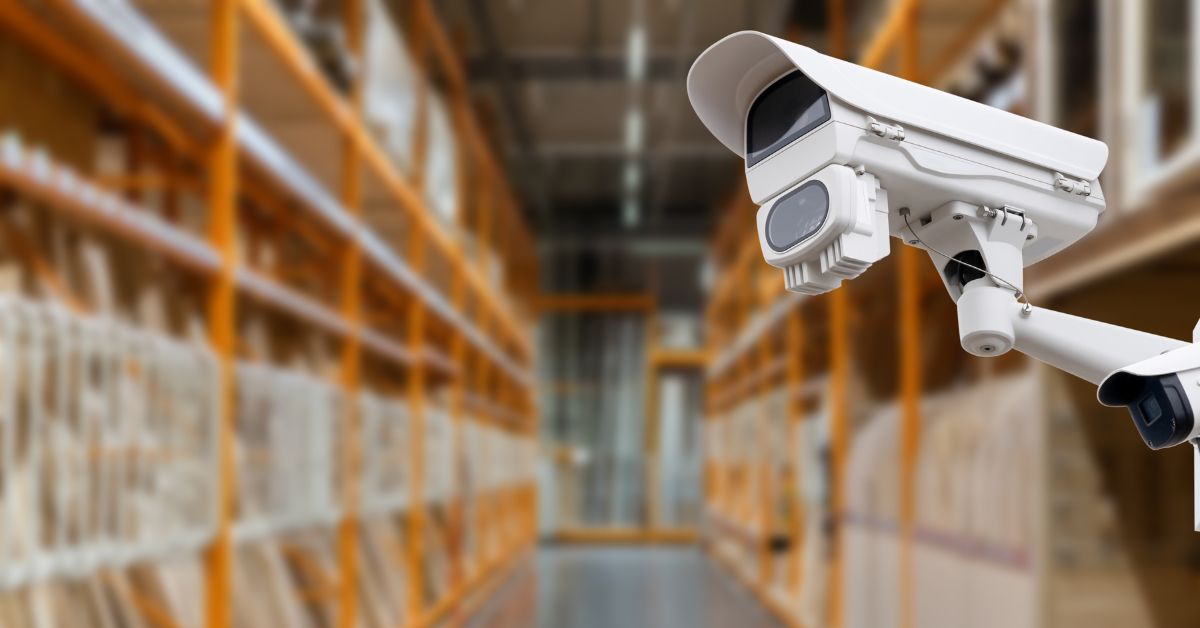A Quick Overview of Commercial Video Surveillance Components
Keep Eyes On Your Building While Your Away

As a business owner, you know that protecting your property and assets is essential. Fortunately, a well-designed commercial video surveillance system provides security, accountability, and peace of mind. This quick overview of commercial video surveillance components will help you evaluate what your business needs to stay protected and enhance your security infrastructure.
Cameras: The Foundation of Video Surveillance
Cameras are the backbone of a video surveillance system, as they capture footage and monitor activity throughout your property. You can choose from a range of cameras, including dome cameras, bullet cameras, and PTZ (pan-tilt-zoom) cameras, each designed for specific purposes.
Dome cameras offer a discreet design that is ideal for indoor use, while bullet cameras are perfect for outdoor spaces due to their long-range visibility. PTZ cameras provide flexibility, allowing operators to zoom and move the cameras as needed. High-resolution options ensure clear footage, making it easier to identify individuals and events.
Video Recording Devices: Storing Your Footage
Video recording devices store the footage captured by surveillance cameras. Digital video recorders (DVRs) and network video recorders (NVRs) are the two main types of systems used for storage. DVRs work well with analog cameras, while NVRs are compatible with modern IP (internet protocol) cameras.
NVRs offer advanced features, including remote access and cloud-based storage, which allows business owners to view footage from anywhere at any time. Choosing the right recording device ensures your surveillance system operates efficiently and keeps critical footage secure.
Monitors: Real-Time Viewing and Analysis
Monitors provide business owners and security personnel with real-time access to surveillance footage. These displays allow users to watch live feeds, play recorded footage, and analyze suspicious activity.
Monitors come in various sizes and resolutions to match the scale of your business needs. For a larger property, a multi-screen setup can display feeds from several cameras simultaneously, offering comprehensive visibility. High-definition monitors make sure that details, such as faces and license plates, are clear for easy identification.
Cabling and Network Infrastructure: Ensuring Seamless Connectivity
Cabling and network infrastructure connect the components of your video surveillance system. Analog systems commonly use coaxial cables, while IP-based systems rely on Ethernet cables. Proper cabling provides reliable connectivity between cameras, recording devices, and monitors.
For larger networks, power over Ethernet (PoE) technology simplifies installation by transmitting power and data through a single cable. Investing in a strong network infrastructure minimizes downtime and offers seamless operation of your surveillance system.
This quick overview of commercial video surveillance components highlights the importance of staying proactive with your business’s security. A robust commercial video surveillance system includes essential components like cameras, recording devices, monitors, and reliable network infrastructure. If you’re seeking reliable business security camera installation, investing in a comprehensive system from Action Security Group will enhance your business’s safety, deter threats, and provide peace of mind.